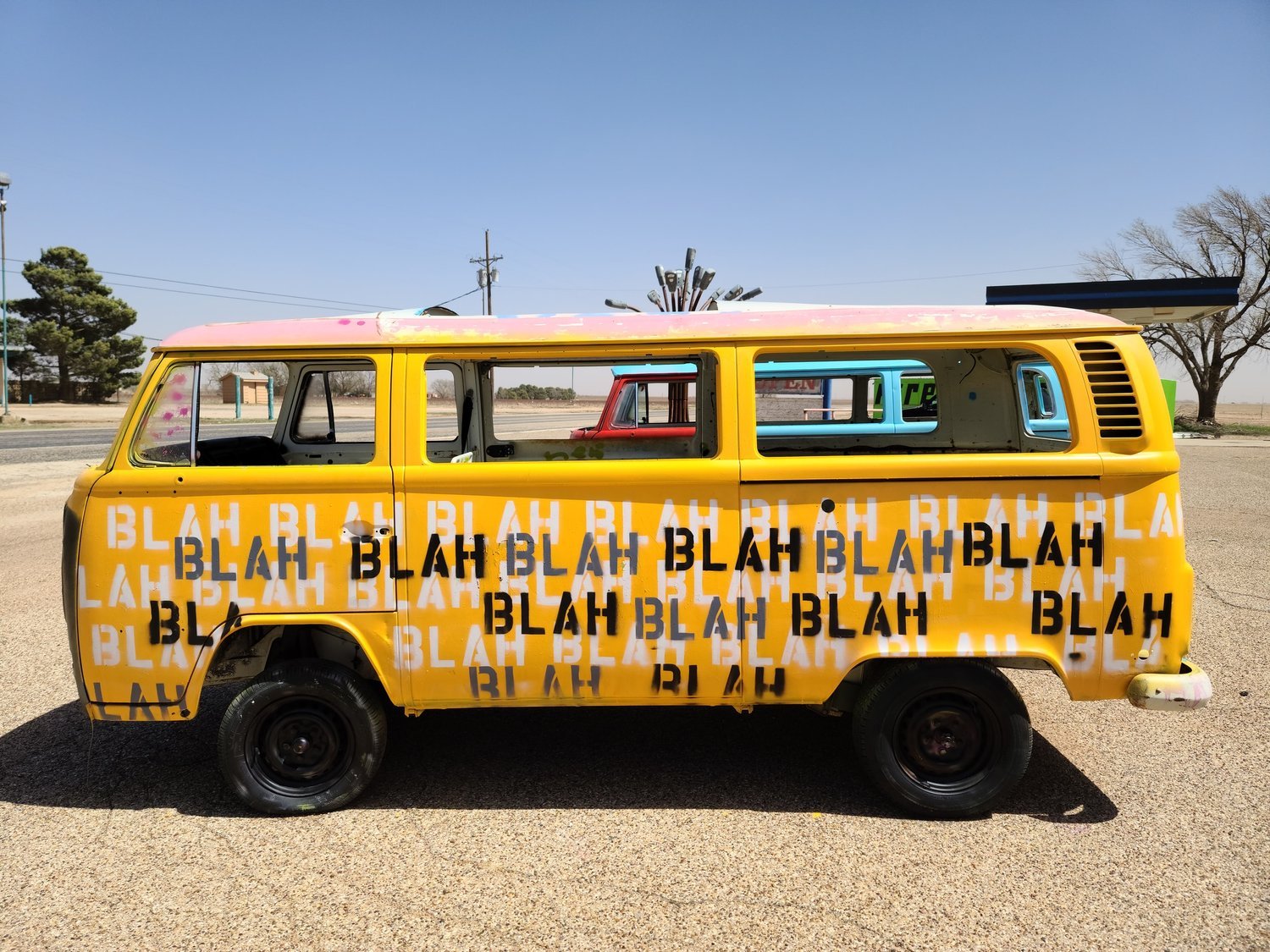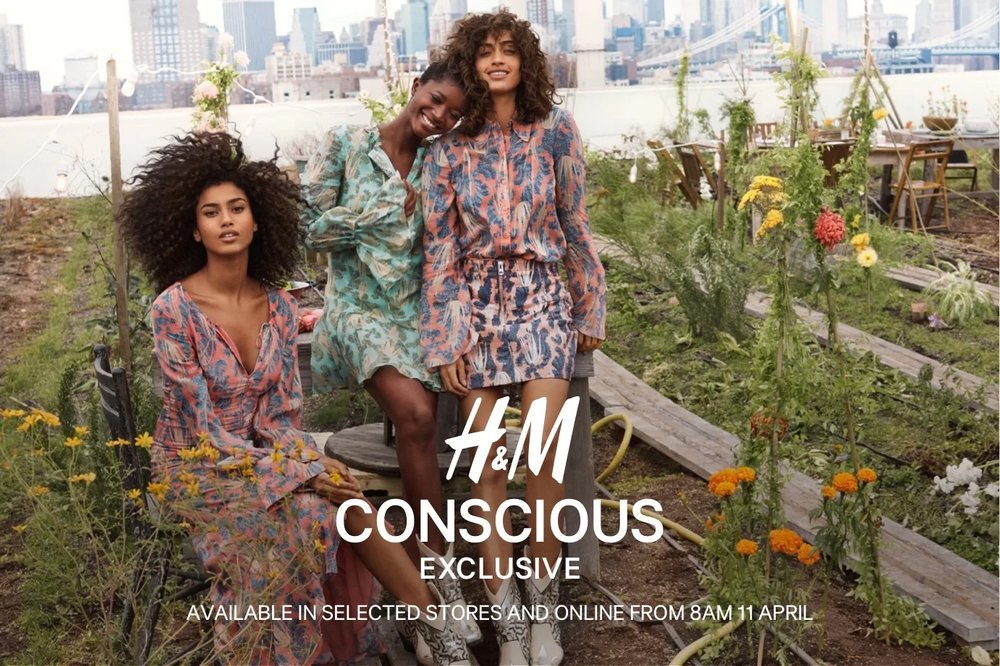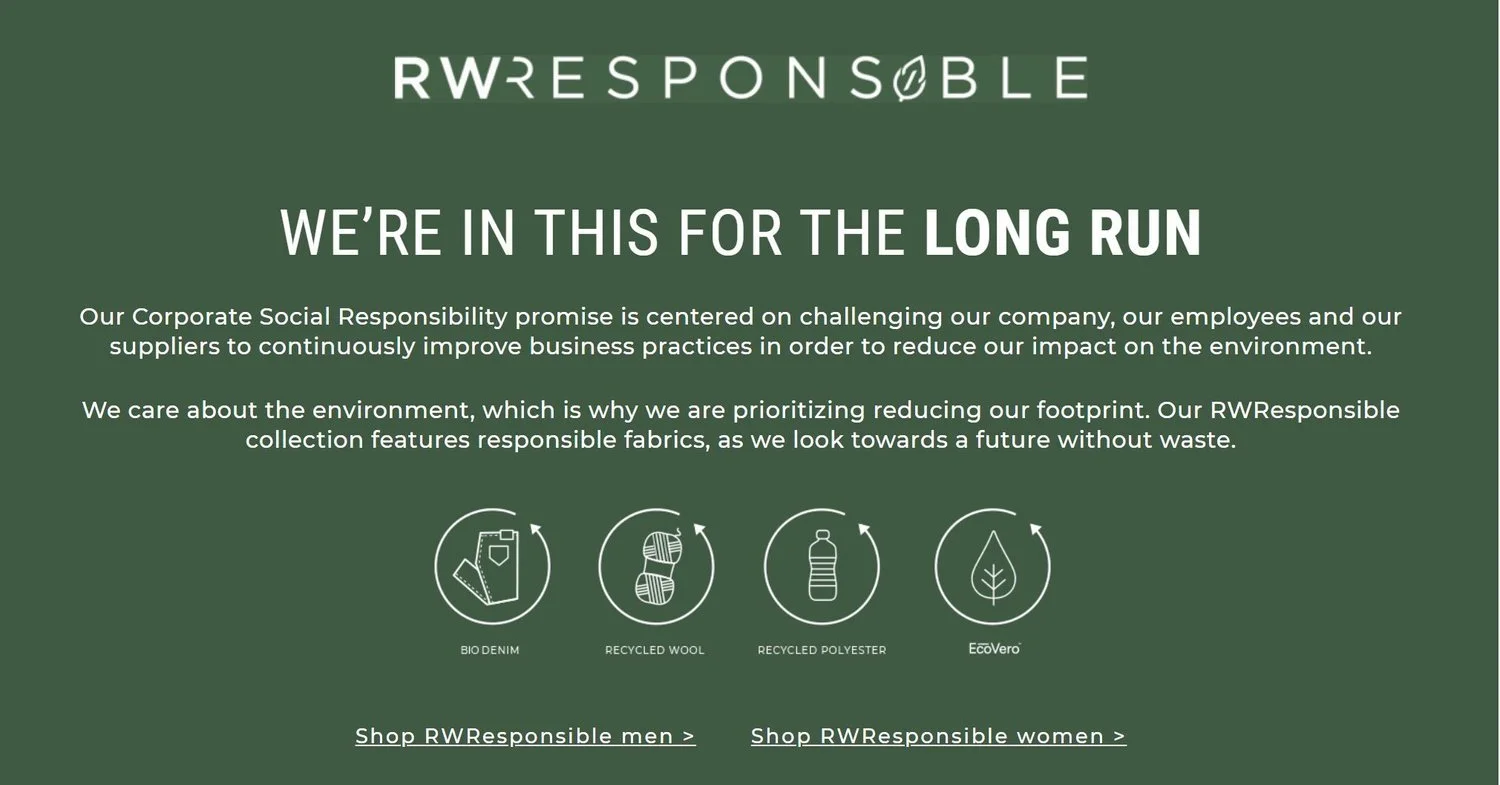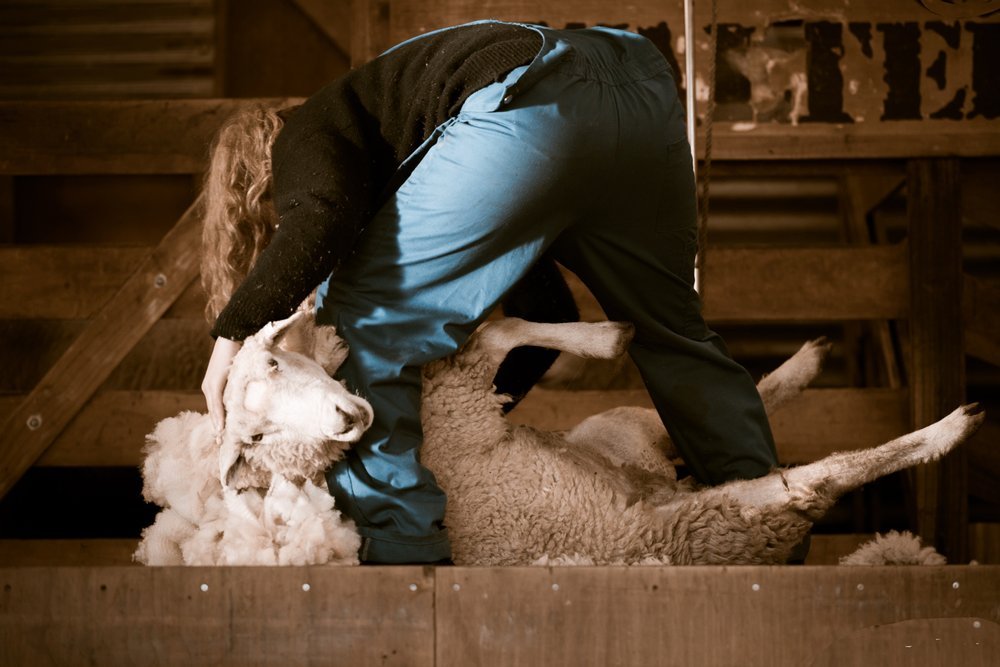EP.01/ Important Greenwashing Signs To Avoid
LISTEN NOW
EP.01/
IMPORTANT GREENWASHING SIGNS TO AVOID
BLOG POST:
Before we get started, what is Greenwashing anyways?
In short, greenwashing is a marketing and communication strategy used deceptively to persuade the public that an organization's products, goals and policies are environmentally friendly.
Some of us know greenwashing as brands making products literally green to confuse the consumer and make them assume that a product is "eco-friendly". This is part of it and is something we will touch on in future articles. But today the focus will be more on the subtle ways greenwashing is used, such as in misleading mission statements, confusing language and other strategies used to make you believe companies care when they don't.
Let's dive in.
SIGNS OF GREENWASHING:
1. Vague mission/sustainability statements:
The first sign I want to talk about has to be arguably the easiest one to do and the one that does the trick the most. And that is misleading consumers through fancy web copy and confusing statements.
As someone who worked in the field of fashion marketing, one thing I notice a lot is when a company hires someone that's great at storytelling and has them build their whole About Page on this fairy tale that they are doing so much to change the world. They use fluffy language to insinuate a positive impact of their brand but don’t share any certification, measurable action or documentation to prove it.
Here's an example:
"We are taking steps towards a more conscious industry. By sourcing natural materials and being active in our communities, we are helping the world become a better place. It's also very important for us to reduce waste, which is why at the end of the season, all our products are sold secondhand at discounted rates to help reduce deadstock. We recognize how important it is to change our industry and at "Fakery Inc." we are doing just that."
This example will be used in the following points to help you understand what's wrong with this text.
This is a general example but gives you an idea of what a vague mission statement looks like. It's one of those lines on an About page where you think, wait what?
This statement is not only vague, but it's also encouraging consumerism with the incentive of end-of-season sales, regardless of its moving towards the secondhand market. If a brand truly wanted to reduce its waste, it would make garments in small, well-thought-out batches to avoid overproduction in general. There is absolutely no reason to mass produce to the extent that garments end up in deadstock piles and eventually landfills at the end of a season.
2. Being Conscious:
There is also another cause of concern with the statement "We are taking steps towards a more conscious industry" that we should take a closer look at.
Being conscious simply means having knowledge of something or being aware, so by a brand claiming their line is conscious - all they're is saying is that they are aware of the problem. This doesn't give any indication that they are actually doing something about it.
It’s important to note that it is essential to shift to sustainable materials.
But the lines get blurred here when large companies make 1 or 2 collections with hundreds of garments made of conscious materials with no evidence to back their claims.
A brand assessment conducted by Changing Markets Foundation proves this point well.
This assessment found that 59% of sustainability claims by European brands were unsubstantiated or misleading. They also found that H&M, ASOS and M&S were among the worst. With 96% of H&M, 89% of ASOS and 88% of M&S claims to be false. H&M’s Conscious Collection was also found to contain an even higher volume of synthetic fibres (which are made from fossil fuels) than its main collection (72% compared to 61%).
Another example of this is the RW&CO RWResponsible Collection.
RW&CO is a Canadian retailer that is present in almost every large mall. Their sustainability statement is as follows:
In this statement, they claim their "RWResponsible collection features responsible fabrics, as they look towards a future without waste”. However, simply integrating materials into a mass-produced clothing line doesn't mean that they're reducing waste or their environmental footprint. Additionally, they fail to include any proof of certification for either of these initiatives anywhere on their site. They used vague and fluffy wording with no substantial backbone or action plan to give customers the illusion that they can shop without remorse. This type of behaviour falls into the same category as H&M, ASOS, Zara, Burberry and many other brands that blatantly mislead their customers with empty statements.
HERE'S THE THING, IF A BRAND IS TRULY SUSTAINABLE IT WOULD BE WILLING TO SHARE WHAT THEY'RE DOING TO ACHIEVE SUSTAINABILITY, AND IT WOULD SHARE IT PROUDLY. BECAUSE THEY KNOW THE RIGOROUS PROCESS IT TAKES TO BECOME CERTIFIED AND TO IMPROVE THEIR BUSINESS MODEL.
3. Using Country of Origin To Insinuate Ethical Practices Are Followed:
This speaks particularly when the country of origin is the same as the target audience or head office. We know where it was made - but how was it made?
Let’s jump right into the example:
This brand - Fakery Inc. uses wording like; “This product was made ethically in the USA.” But you can’t find any mention of Factory Audits, Worker Safety Standards or Fair Trade certifications anywhere on their site. They just said that because they operate in the USA and the product is made in the USA that people by default are being treated fairly. However, all countries - including the USA have their share of sweatshops and subcontractors that operate by grotesque standards.
This is a classic case of misleading information and using the country of origin (if the same as the target audience) to convince consumers that there is somehow an ethical component to the garment. A lot of the time, brands use this tactic when they have no other sustainability components. So be aware of that as well.
If a company says that their clothes or products are made fairly - regardless of where they're made - ask them for proof. Where is their Fair Trade Certificate? If they don’t have a certificate, where is the factory audit log and when did they visit the factory last?
One brand that does this exceptionally well is Nudie Jeans. They outline their suppliers, certifications, and visit audits where applicable on their garments. I have yet to discover another brand with this level of public traceability and I'm excited to take a deep dive into their brand in a future article.
4. Made Naturally Toxic:
One of the ways brands greenwash is by saying they use “natural materials” as one of their sustainable initiatives. However, the word "natural" is a very generalized and loose term that holds no actual substance.
Just because something is natural doesn't mean it's sustainable.
This was hard for me to understand when I started my sustainability journey. So let me explain.
Petroleum is technically a "natural" element - it comes directly from the earth and although it undergoes extensive processes to become the monster it is today - it is technically a natural resource... But we know by now that extracting it has created only harm to our environment.
Another example is wool - wool is natural and it's biodegradable, so, in a sense, it has a positive component when not mixed with other fibres. But when people speak about this natural fibre they fail to mention the number of sheep used to produce the amount of wool we consume. Or the damage to the soil caused by mass-production leading to biodiversity loss. They also fail to mention the health risks of farmers. Or the animal cruelty associated with the typical wool extraction process, or the toxic dyes used to make the fabric functional.
So how do we know what to buy?
For a material or garment to be considered sustainable, it must have been harvested, dyed and created in a safe and ethical environment where the people and the natural resources have been protected throughout each step of the process. Simply being a natural material is unfortunately not enough.
When brands use phrases like "made from natural materials in ethical environments" with absolutely no substance or proof - this might be a sign of greenwashing and you should either ask more questions or walk away entirely.
Instead, look for brands who are specific with what ethical, environmental or social positive impacts their products have on our environment and their workers. Certification can be quite expensive, so if you’re dealing with a small brand ask for audits and visit reports to show how they’re fulfilling their pledges to ethical and safe practices.
For example, look for brands whose garments are "made with organic cotton in a fair trade certified factory" with supporting certifications linked or verified visit reports & visuals of their factory.
Brands must ensure their mission and values are communicated authentically and transparently. As consumers, we must demand this from brands and policymakers. We need global regulations that keep brands accountable for their actions both in how products are sourced and how they are advertised.
I hope this article helped you understand the difference between actionable change and persuasive greenwashing. What form of greenwashing do you see the most in your everyday life? Let us know on Instagram.
KEY TAKEAWAYS
The most important thing to take away from this article is to be aware of how brands communicate with you and how willing they are to share information.
As a general rule, companies you shop at should have an outline of what they're doing and back up their stories with legitimate credentials and/or actions to prove it. Certification can be quite expensive, so if you’re dealing with a small brand ask for audits and visit reports to show how they’re fulfilling their pledges to ethical and safe practices.
Some certifications we covered in the audio version of the article and additional things you should look for are:
GRS (Global Recycled Standard)
Fair Trade (Fair Trade Certified Factory)
And/or businesses with Sustainability Reports outlining how they're reaching the UN Sustainable Development Goals





